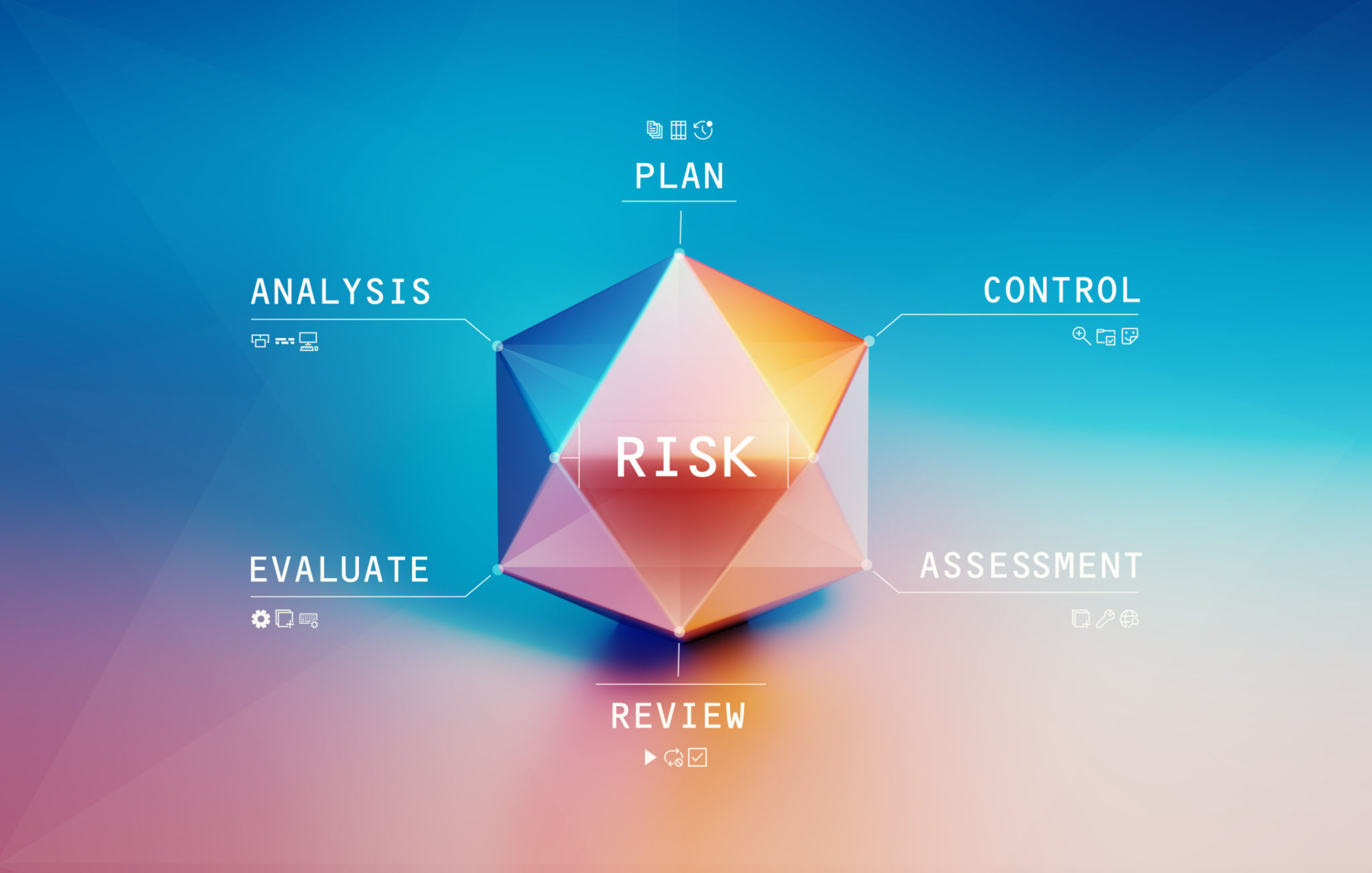Top Strategies for Successful Large-Scale Project Management
Understanding the Scope and Objectives
One of the first steps in managing a large-scale project is to clearly define its scope and objectives. This step sets the foundation for everything that follows. A well-defined scope helps prevent scope creep, which can derail a project. It's crucial to involve all stakeholders in this phase to ensure everyone agrees on the project's goals and deliverables.
By clearly outlining the objectives, you can maintain focus and direct resources efficiently. It's also important to regularly revisit these objectives to ensure they remain relevant and aligned with the broader organizational goals.

Assembling the Right Team
The success of any large-scale project heavily relies on the team behind it. Building a team with the right mix of skills, experience, and personalities is essential. Consider assigning roles based on individual strengths and expertise to maximize productivity and creativity.
In addition to technical skills, ensure your team possesses strong communication and collaboration capabilities. These soft skills are vital for navigating the complexities of large projects, where clear and constant communication is key.

Effective Communication Strategies
Communication is the lifeblood of successful project management. Develop a communication plan that outlines how information will be shared among stakeholders and team members. Regular meetings, updates, and reports should be part of this plan to ensure everyone is on the same page.
Utilize technology to facilitate seamless communication. Tools such as project management software, video conferencing, and collaborative platforms can enhance transparency and keep everyone connected, regardless of their physical location.
Risk Management and Mitigation
Large-scale projects inevitably come with risks. Identifying potential risks early and developing strategies to mitigate them can save time, money, and resources. Conduct a thorough risk assessment during the planning phase, considering all possible scenarios that might impact project success.
Create a risk management plan that includes contingency plans for high-impact risks. Regularly review and update this plan as the project progresses to address new risks that may arise.

Monitoring Progress and Performance
Tracking progress against the project plan is crucial for staying on target. Implement performance metrics to measure success at various stages of the project. These metrics can include budget adherence, timeline milestones, quality standards, and resource utilization.
Regularly review these metrics with your team to identify areas of improvement and make necessary adjustments. An agile approach to monitoring progress allows for flexibility and quick response to any deviations from the plan.

Continuous Improvement and Feedback
Even after a project is completed, there's always room for improvement. Conduct post-project evaluations to gather feedback from team members and stakeholders. This feedback is invaluable in identifying what worked well and what could be improved in future projects.
Encourage an open culture where constructive criticism is welcomed. Use these insights to refine processes, enhance team performance, and better prepare for future large-scale projects.